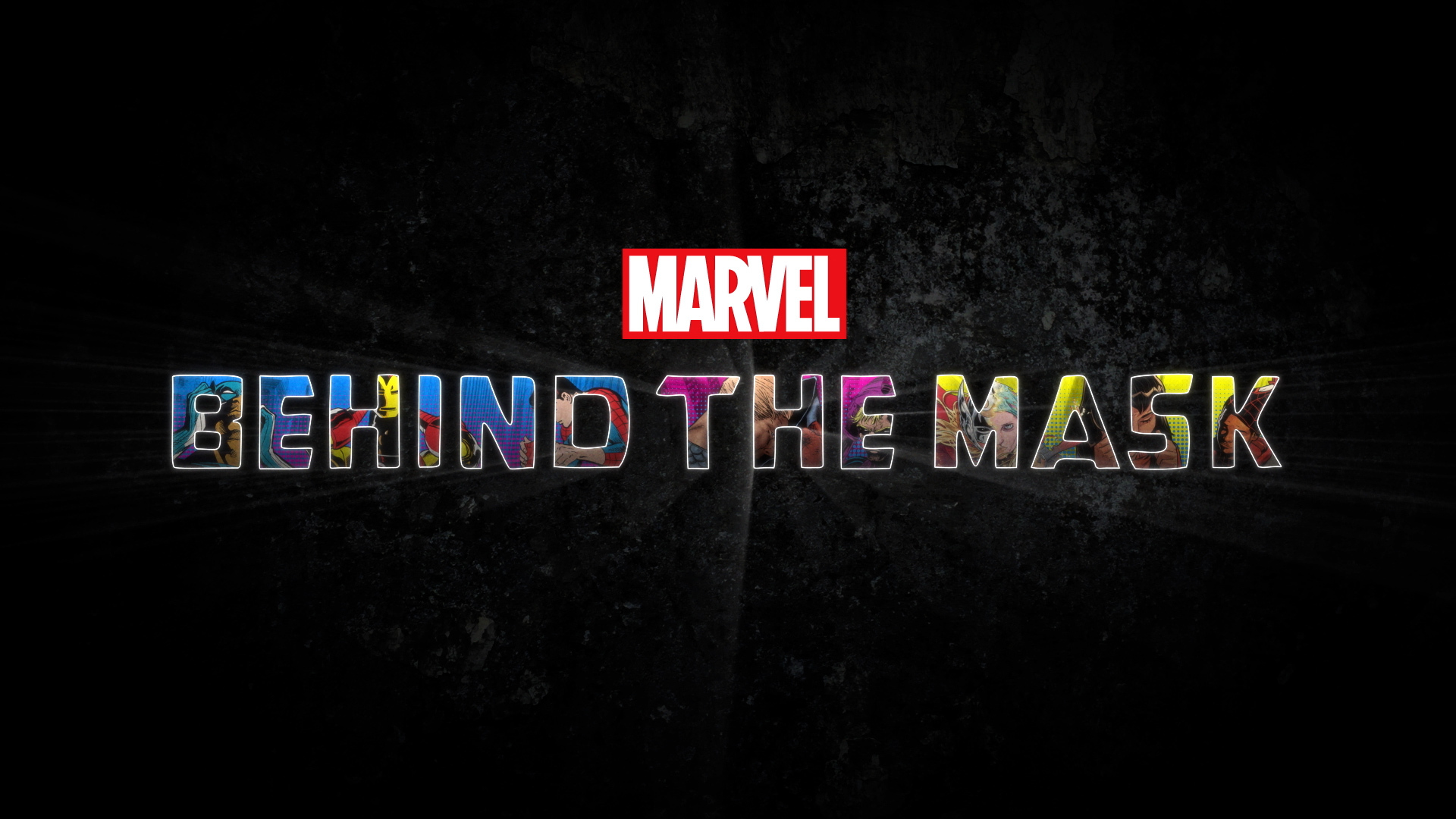
Marvel’s Behind the Mask is an hour-long documentary seeking to explore identity and what it means when it comes to wearing the mask.
Who wears the mask? Not so much the superhero character but the people who put on these masks. Who exactly are they and what makes them do what they do? This question really comes down to the core of identity. Through the course of an hour, a number of scholars, historians, filmmakers, Marvel executives, and comic talent seek to answer this question.
“The alter ego is the most important part of the superhero,” Joe Quesada says. Otherwise, the suit is just a color. He isn’t wrong.
In archive footage, Stan Lee says that they write characters as “realistically as possible.” Of course, it’s a big ask for readers to accept that these characters have a super power. But then there’s another thing beyond this: most of the earlier comics creators were children of Jewish immigrants including Stan Lee, Jack Kirby, Joe Simon, etc. Neal Kirby describes his father’s background while Rabbi Simcha Weinstein offers context for the period in general. Anti-Semitism was very heavy during the era, too.
Captain America punching Adolf Hitler on the cover is one of the most iconic moments in comics history. Weinstein describes Cap is “the wish fulfillment of assimilated Jewish artists that want to be accepted as all American.”
Neal Kirby describes how his father identified with Ben Grimm’s Thing. Weinstein brings up the golem figure when discussing the Hulk. Hulk was originally grey before becoming the green guy we know and love.
Reginald Hudlin talks about the comparisons between Marvel and DC characters of that era in time. Hudlin’s comments provide an interesting segue into the documentary’s next segment.
Take Peter Parker and how he’s different than Batman. Parker is a teenager who loses his uncle to crime while Batman becomes Batman after witnessing his parents dying in front of him. DC characters lived in fictional cities but Marvel characters lived in the real world. They actually lived in New York City!
Another thing is that Steve Ditko placed people of color as students attending Peter Parker’s school. Sgt. Fury and His Howling Commandos also featured a diverse lineup. Bringing Black Panther into the Marvel universe was a game changer for representation. Interestingly, we don’t meet him first as the King of Wakanda but in his mask. Hudlin refers to Black Panther’s introduction as “perfect.” “Black Panther beats the guys who beat Galactus,” Hudlin says Later on, Hudlin talks about using Hurricane Katrina to launch his idea of Black Avengers.
Christopher Priest was 17 years old when he started working for Marvel Comics. He was also the first Black guy that worked in the office. Later on in his career, Priest became the guy who made Black Panther cool. Denys Cowan opens up about his experiences starting out–he had a better experience in breaking into Marvel than DC.
Tony Isabella talks about how he wrote for Luke Cage in the 1970s. Priest also talks about writing for Black characters. This later segues into a different discussion about the character stereotypes. Asian characters had been colored yellow. Even in those early years, they couldn’t get the right color combination at the printer to get the right skin tone.
Marvel wasn’t prone to making mistakes in their history. You have the superhero line of comics but there was another line targeted to young women. The women of Marvel typically had lesser powers than men.
“Every time that gender and sexuality has been addressed in Marvel Comics, it’s very representative of popular thinking at the time,” Leah Williams says. “Strides have been made in every subsequent generation.”
Take Ms. Marvel or Shanna the She-Devil, for instance. They have some of the most sexist costumes but this is what we mean when we discuss the male gaze.
When the X-Men of the 1970s arrived, they were a diverse group of mutants. They weren’t like the X-Men of the 1960s in terms of skin color. Tom Brevoort comments that they were the same whether or not they wore costumes. Chris Claremont talks about his line of thinking when it comes to writing for a character like Nightcrawler. Claremont wrote some of the definitive issues in his run.
Brian Michael Bendis talks about writing Miles Morales and how Peter Parker’s death impacted his becoming Spider-Man. It’s no different than Uncle Ben’s death except they aren’t related. But without this origin, Parker’s death could have been meaningless. Instead, it’s meaningful.
There have been some times where Marvel gets it wrong and they know they get it wrong. But in time, they’ve grown to learn from their mistakes with the push for diversity and inclusion. Could things have been developed better? Oh, for sure! But at the end of the idea, Marvel’s Behind the Mask reminds us that Marvel Comics reflects the world we live in…for better or worse.
DIRECTOR: Michael Jacobs





